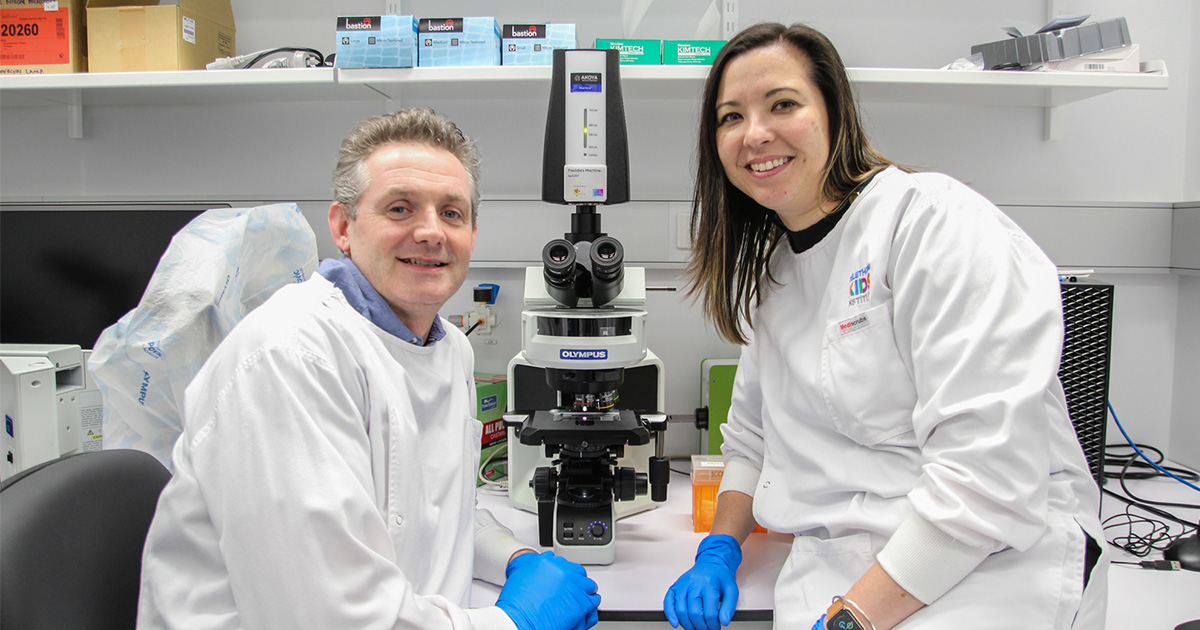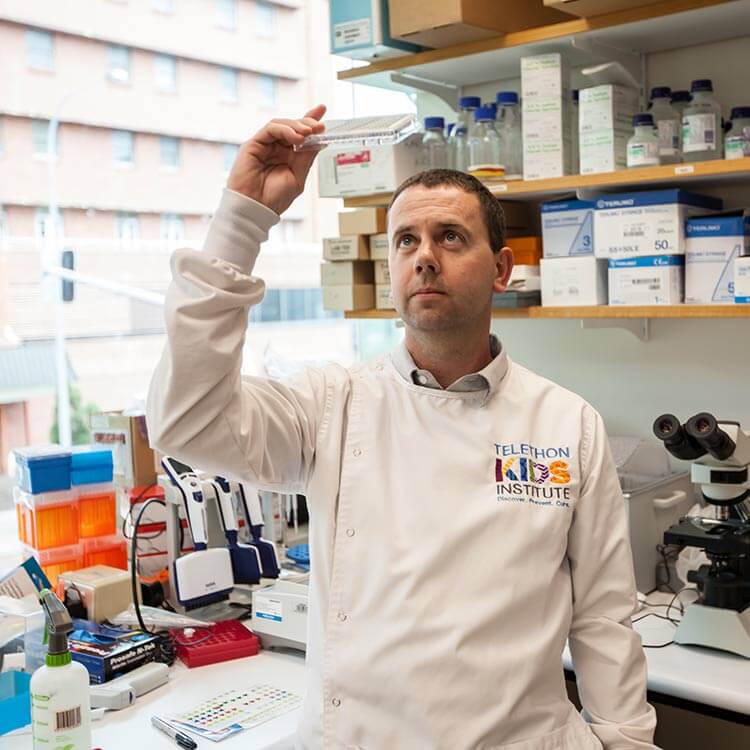Search
Research
The Childhood Leukemia International ConsortiumThe Childhood Leukemia International Consortium (CLIC) was established in 2007 to promote investigations of rarer exposures, gene-environment interactions...
Research
Parental smoking and risk of childhood brain tumorsChildhood brain tumors (CBT) are the leading cause of cancer death in children, yet their etiology remains largely unknown.
Research
Parental alcohol consumption and risk of childhood acute lymphoblastic leukemia and brain tumorsChildhood acute lymphoblastic leukemia (ALL) is the most common childhood malignancy and brain tumors (CBTs) are the leading cause of cancer death in...

News & Events
Finding new treatments for rare brain cancers in infantsThe WA Kids Cancer Centre has secured $1.1 million in funding from the Medical Research Future Fund’s (MRFF) Paediatric Brain Cancer Research Stream 2 to develop more effective and less toxic treatments for rare brain cancers in infants.
News & Events
Adventurers deliver on a promise to help kids with cancerA state of the art 3D molecular imager that will help researchers monitor how brain tumours grow has been delivered to the Telethon Institute.

News & Events
Funding boost to melanoma researchA The Kids Research Institute Australia researcher will investigate new ways to harness the body’s own immune system to fight melanoma, thanks to Cancer Council WA funding.
Research
Parental occupational exposure to engine exhausts and childhood brain tumorsParental occupational exposure to engine exhausts and childhood brain tumors.
Research
Parental occupational exposure to exhausts, solvents, glues and paints, and risk of childhood leukemiaIt is unknown whether parental occupational exposure to chemicals before during and after pregnancy increases the risk of acute lymphoblastic...
Research
Integrated analysis of miRNA and mRNA expression in childhood MedulloblastomaMedulloblastoma (MB) is the most common malignant brain tumor in children and a leading cause of cancer-related mortality and morbidity.
Research
Integrated Analysis of miRNA and mRNA Expression in Childhood Medulloblastoma Compared with Neural Stem CellsMedulloblastoma (MB) is the most common malignant brain tumor in children and a leading cause of cancer-related mortality and morbidity.
